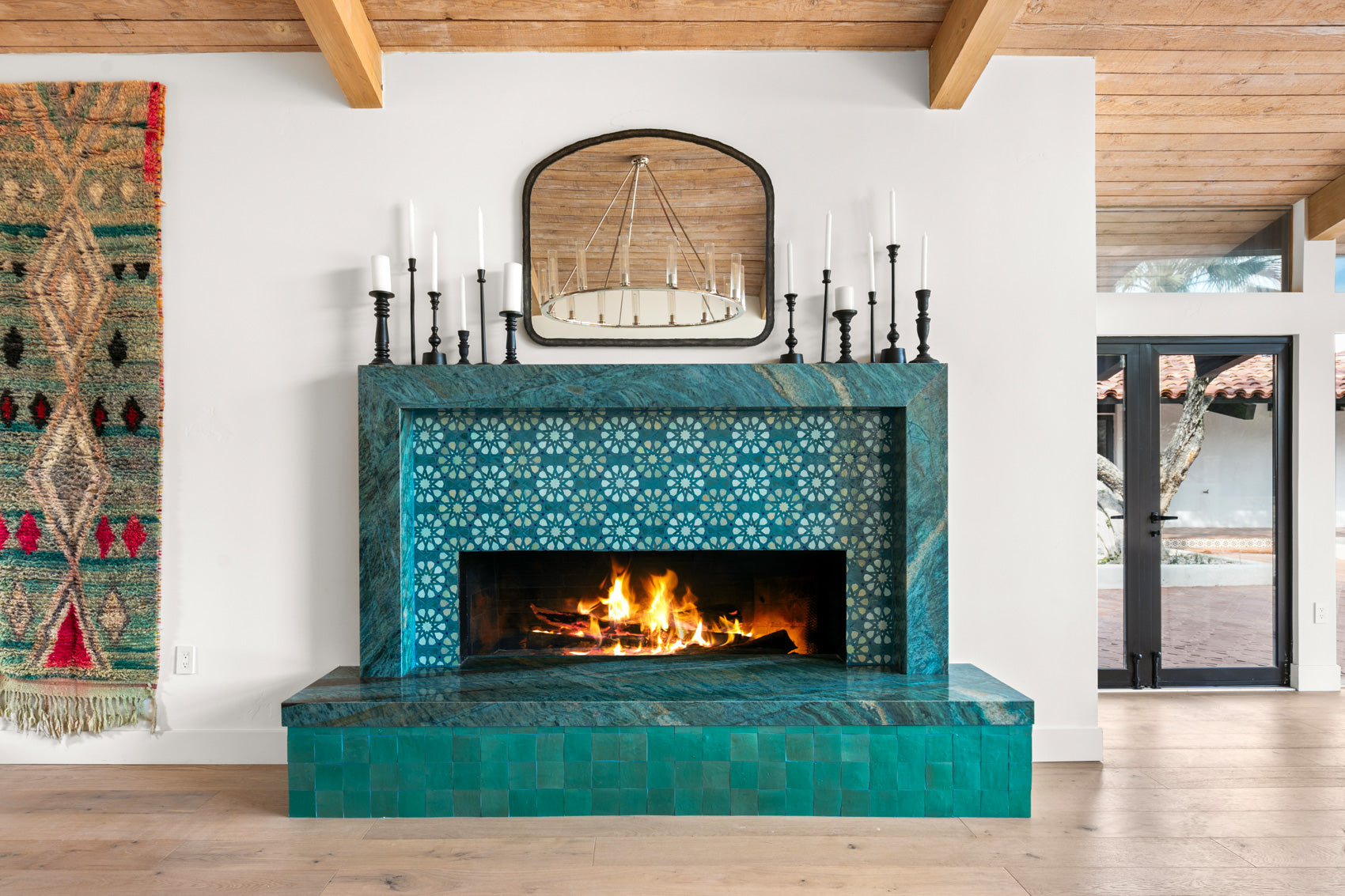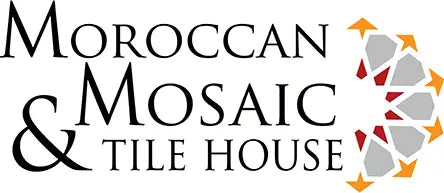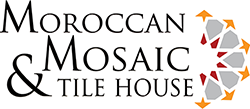Our timeless authentic Moroccan Zellige

Zellige tile holds significant cultural and artistic importance in Moroccan culture. Zellige tilework has a long history in Morocco. Zellige tiles are celebrated for their intricate geometric patterns, vibrant colors, and exquisite craftsmanship. Artisans meticulously handcraft each tile, cutting and arranging them to create mesmerizing, tessellated patterns.
Zellige tiles are integral to traditional Moroccan architecture. They adorn the walls, floors, ceilings, and facades of buildings such as palaces, riads (traditional houses with interior gardens), and public fountains. The tiles often feature prominently in the ornamental detailing of these structures, showcasing their cultural significance. The geometric patterns found in Zellige tiles are not just decorative; they also carry symbolic meanings. These patterns symbolize unity, harmony, and infinity. Stars, crosses, interlocking designs, and floral motifs are common themes in Zellige tilework, each with its own symbolic significance.
While deeply rooted in tradition, Zellige tiles continue to inspire contemporary designers and artists. They are used not only in traditional architecture but also in modern interior design projects, adding a touch of authenticity and cultural richness to spaces around the world.
Zellige tilework has become a symbol of Moroccan craftsmanship and aesthetic beauty, attracting tourists and enthusiasts interested in the country's cultural heritage. It also serves as a medium for cultural exchange, as artisans and designers collaborate to showcase Zellige tilework in international exhibitions and design projects.
Overall, Zellige tile occupies a central place in Moroccan culture, embodying artistic expression, cultural symbolism, architectural heritage, and the ongoing evolution of traditional craftsmanship.

